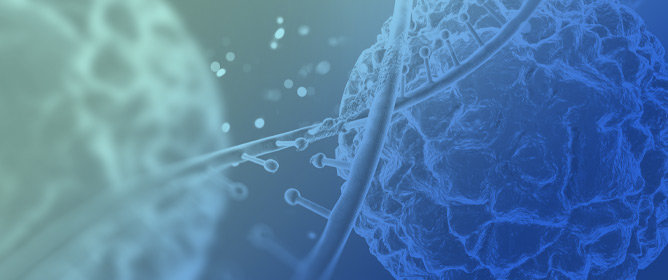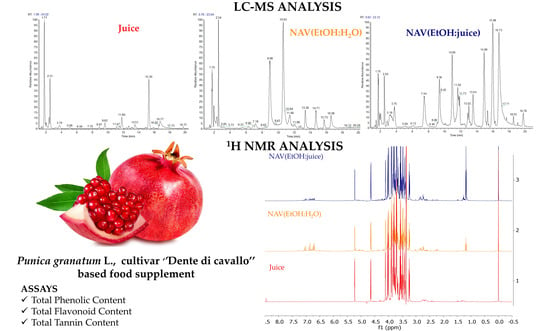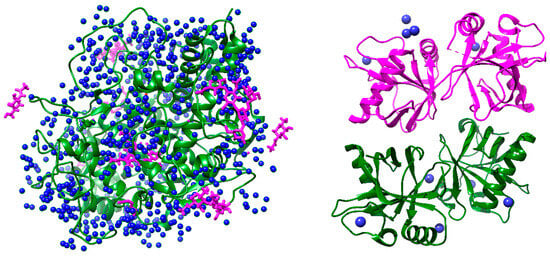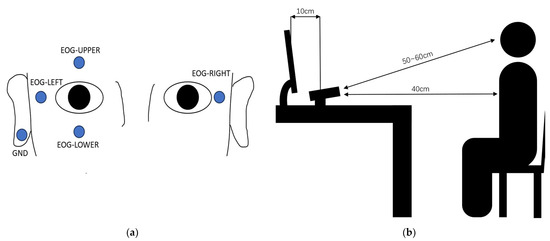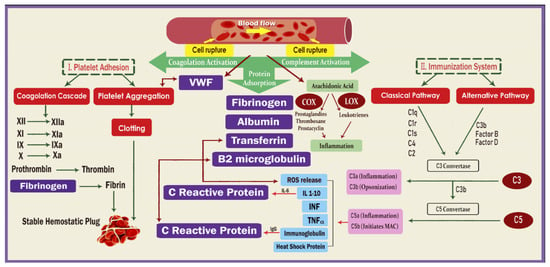Introduction: Post-transplant cardiovascular disease (PTCVD) poses a significant challenge in kidney transplantation, potentially impacting graft outcomes and patient survival. This retrospective study aimed to investigate the incidence, risk factors, and consequential impact of PTCVD in kidney transplant recipients (KTRs) devoid of pre-existing cardiovascular disease (CVD).
Method: The cohort comprised 1114 KTRs, with 749 individuals included after excluding those with pre-existing CVD and early graft loss. PTCVD encompasses ischemic heart disease, myocardial infarction, arrhythmias, heart failure, stroke, peripheral vascular disease, and valvular heart disease. Competing risk regression analysis was performed to identify predictors of PTCVD, while Cox proportional hazards analysis assessed the impact of PTCVD on graft and recipient survival.
Results: The cumulative incidence of PTCVD at 5, 10, and 20 years was 5.4%, 14.3%, and 22.5%, respectively. Competing risk regression identified increased age (sub-hazard ratio [SHR], 1.22;
p = 0.036) per decade, duration of dialysis (SHR, 1.07;
p = 0.048) per year on dialysis, and the slope of the estimated glomerular filtration rate (SHR, 1.08;
p = 0.008) mL/min/year decline as independent predictors of higher-risk PTCVD. A higher baseline estimated glomerular filtration rate (eGFR) was protective (SHR, 0.98;
p = 0.032). PTCVD was not significantly associated with death-censored graft loss (adjusted hazard ratio [aHR] 1.31;
p = 0.48) but was correlated with higher all-cause graft loss (aHR, 1.71;
p = 0.011) and recipient mortality (aHR, 1.97;
p = 0.004).
Conclusion: This study provides insights into PTCVD predictors. Although not directly associated with graft loss, PTCVD significantly correlates with heightened mortality in kidney transplant recipients, emphasizing the need for enhanced clinical management and surveillance strategies.
Full article
 IJMS
IMPACT
IJMS
IMPACT Applied Sciences
IMPACT
Applied Sciences
IMPACT Sustainability
IMPACT
Sustainability
IMPACT Sensors
IMPACT
Sensors
IMPACT JCM
IMPACT
JCM
IMPACT Materials
IMPACT
Materials
IMPACT Molecules
IMPACT
Molecules
IMPACT Energies
IMPACT
Energies
IMPACT Electronics
IMPACT
Electronics
IMPACT Remote Sensing
IMPACT
Remote Sensing
IMPACT Cancers
IMPACT
Cancers
IMPACT Nutrients
IMPACT
Nutrients
IMPACT Mathematics
IMPACT
Mathematics
IMPACT Foods
IMPACT
Foods
IMPACT Buildings
IMPACT
Buildings
IMPACT Polymers
IMPACT
Polymers
IMPACT Animals
IMPACT
Animals
IMPACT Water
IMPACT
Water
IMPACT Plants
IMPACT
Plants
IMPACT Agronomy
IMPACT
Agronomy
IMPACT Biomedicines
IMPACT
Biomedicines
IMPACT Processes
IMPACT
Processes
IMPACT Microorganisms
IMPACT
Microorganisms
IMPACT Diagnostics
IMPACT
Diagnostics
IMPACT Nanomaterials
IMPACT
Nanomaterials
IMPACT Viruses
IMPACT
Viruses
IMPACT Medicina
IMPACT
Medicina
IMPACT Healthcare
IMPACT
Healthcare
IMPACT Cells
IMPACT
Cells
IMPACT Forests
IMPACT
Forests
IMPACT Agriculture
IMPACT
Agriculture
IMPACT Land
IMPACT
Land
IMPACT JMSE
IMPACT
JMSE
IMPACT IJERPH
IJERPH
 Symmetry
IMPACT
Symmetry
IMPACT Genes
IMPACT
Genes
IMPACT Pharmaceutics
IMPACT
Pharmaceutics
IMPACT Coatings
IMPACT
Coatings
IMPACT Micromachines
IMPACT
Micromachines
IMPACT Pharmaceuticals
IMPACT
Pharmaceuticals
IMPACT Atmosphere
IMPACT
Atmosphere
IMPACT Children
IMPACT
Children
IMPACT Religions
IMPACT
Religions
IMPACT Antioxidants
IMPACT
Antioxidants
IMPACT Life
IMPACT
Life
IMPACT Metals
IMPACT
Metals
IMPACT Biomolecules
IMPACT
Biomolecules
IMPACT Vaccines
IMPACT
Vaccines
IMPACT Education Sciences
IMPACT
Education Sciences
IMPACT Minerals
IMPACT
Minerals
IMPACT Horticulturae
IMPACT
Horticulturae
IMPACT Brain Sciences
IMPACT
Brain Sciences
IMPACT JPM
IMPACT
JPM
IMPACT Bioengineering
IMPACT
Bioengineering
IMPACT

